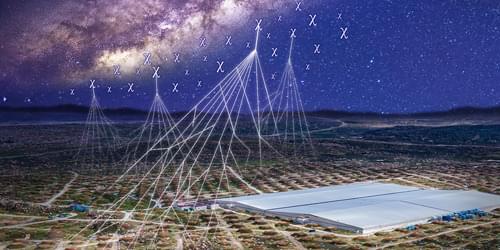According to quantum mechanics, the physics theory that describes the zoo of subatomic particles, all matter can be described as both particles and waves. But is it real?
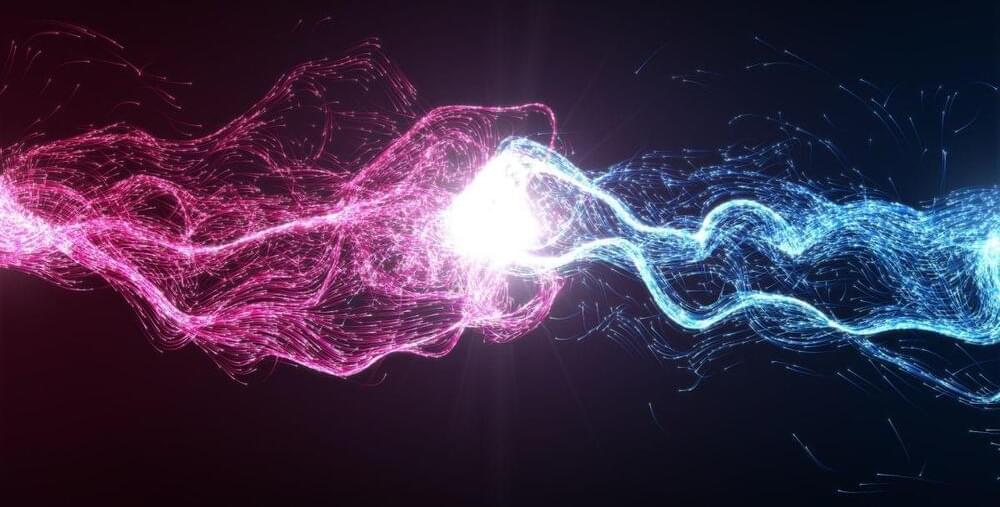

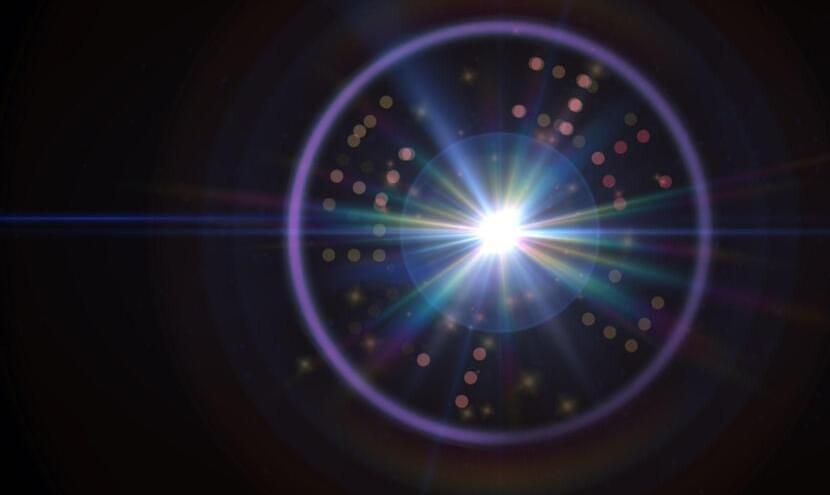
Researchers at Vienna University of Technology have discovered why sometimes spectacular micro-explosions occur and other times ultra-thin layers of material remain almost intact when charged particles are shot through them.
It may seem like magic that some materials can withstand being shot through with fast, electrically charged ions without exhibiting holes afterward. This phenomenon, which would be impossible at the macroscopic level, becomes possible at the level of individual particles. However, not all materials exhibit this behavior. In recent years, various research groups have conducted experiments with varying results.
Vienna University of Technology researchers have been able to provide a detailed explanation for why some materials are perforated while others are not. This is of particular interest in the processing of thin membranes, which are designed to have tailor-made nano-pores that can trap, hold, or allow specific atoms or molecules to pass through.

Movie plots often use holograms to give the scene a scientific or cooler essence. However, researchers have made these futuristic scenes a reality. According to reports, Scientists in China showcased a laser that can create Chinese characters out of thin air.
Although lasers often have a long-range, you can only see them when the light lands on a surface. However, dust particles made an exception. But this is entirely different and looks like something out of a sci-fi movie.
Scientists have already used lasers to create a range of optical illusions. However, it required mediums like dust and clouds to do so. But according to reports, with the new device, researchers are able to draw patterns using ultra-short laser pulses.

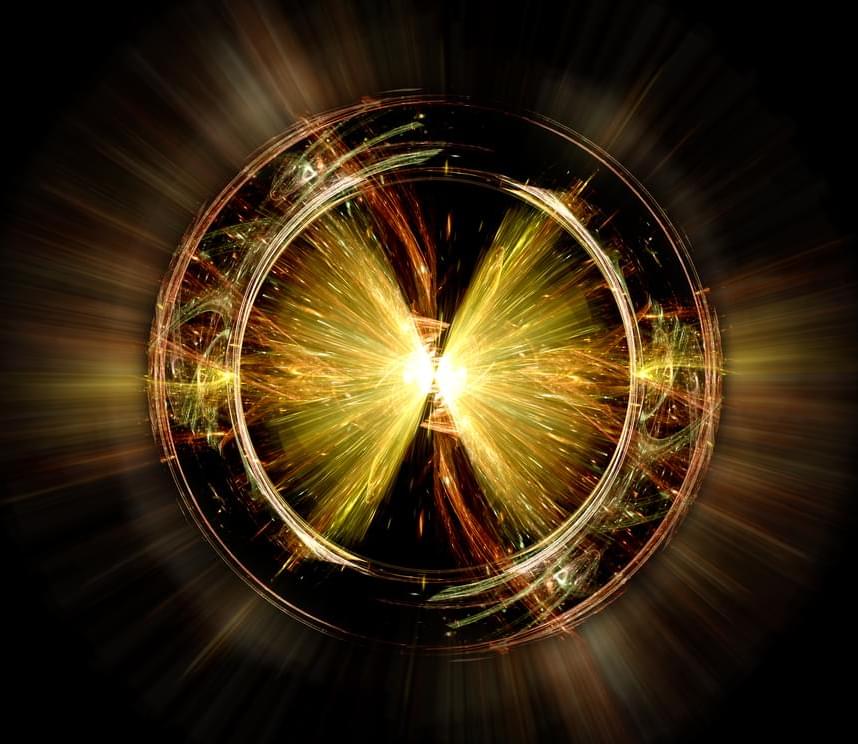
In particle physics, particles are constantly interacting and interfering with all the other kinds of particles, but the strength of those interactions depend on the particle masses. So, when we try to evaluate anything involving the Higgs boson – like, say, its ability to maintain the separation between the electromagnetic and weak nuclear forces – we also need to pay attention to how the other particles will interfere with that effort. And since the top quark is handily the biggest of the bunch (the next largest, the bottom quark, weighs a mere 5 GeV) it’s essentially the only other particle we need to care about.
When physicists first calculated the stability of the universe, as determined by the Higgs boson’s ability to maintain the separation of the electroweak force, they didn’t know the mass of either the Higgs itself or the top quark. Now we do: The top quark weighs around 175 GeV, and the Higgs around 125 GeV.
Plugging those two numbers into the stability equations reveals that the universe is… metastable. This is different than stable, which would mean that there’s no chance of the universe splitting apart instantly, but also different than unstable, which would mean it already happened.
Future of in space manufacturing, next 10 years of cisLunar, getting kids involved in stem, and more with Joe Pawelski Architect of CisLunar.
Feedback/idea form for show.
https://docs.google.com/forms/d/e/1FAIpQLSdbZjVCZmJ-TLPWLCsI…sp=sf_link.
About Joe and CisLunar.
“We envision a future where humanity is enabled and empowered to expand beyond Earth to permanently and sustainably settle the Solar System.
A dynamic and robust industrial in-space economy is essential to this future.
CisLunar Industries is creating the critical metal processing capabilities required to support the in-space industrial value chain.”
Links.
https://www.linkedin.com/in/joseph-pawelski/
https://www.cislunarindustries.com/
[email protected].
PODCAST INFO:
The Learning With Lowell show is a series for the everyday mammal. In this show we’ll learn about leadership, science, and people building their change into the world. The goal is to dig deeply into people who most of us wouldn’t normally ever get to hear. The Host of the show – Lowell Thompson-is a lifelong autodidact, serial problem solver, and founder of startups.
LINKS
Youtube: https://www.youtube.com/channel/UCzri06unR-lMXbl6sqWP_-Q
Youtube clips: https://www.youtube.com/channel/UC-B5x371AzTGgK-_q3U_KfA
Linkedin: https://www.linkedin.com/in/lowell-thompson-2227b074
Twitter: https://twitter.com/LWThompson5
Website: https://www.learningwithlowell.com/
Podcast email: [email protected].
Timestamps show notes.
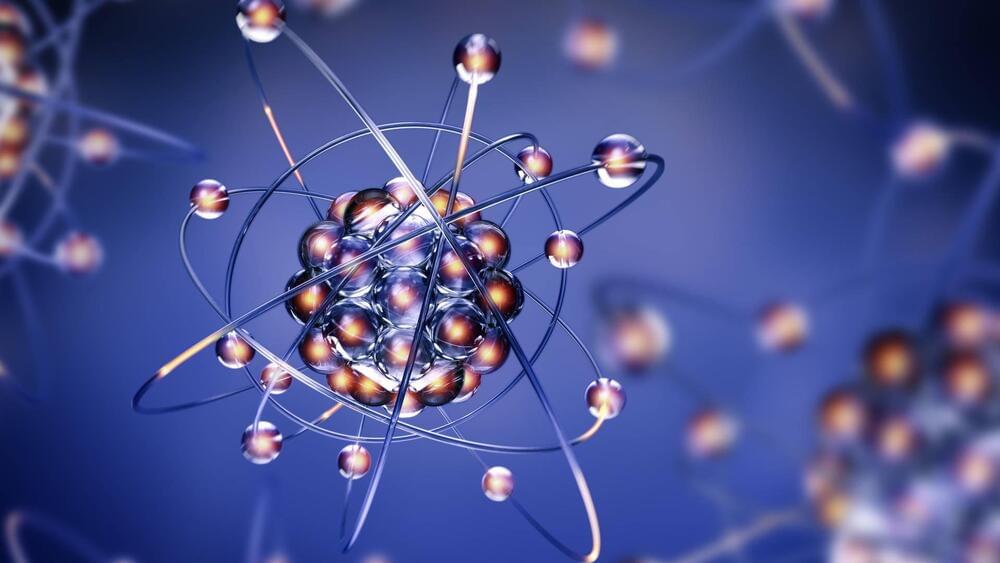
They have found no signs of the event yet.
Deep in Italy’s Gran Sasso mountains, in the National Institute for Nuclear Physics’ (INFN) underground laboratories, researchers have been searching for proof of a very small violation of a fundamental quantum tenet called the Pauli exclusion principle, according to an article by Phys.org published on Monday.
The principle, that is applied to everything, dictates that electrons can only arrange themselves in certain specific ways in atoms. These arrangements make it so we are made of solid matter.
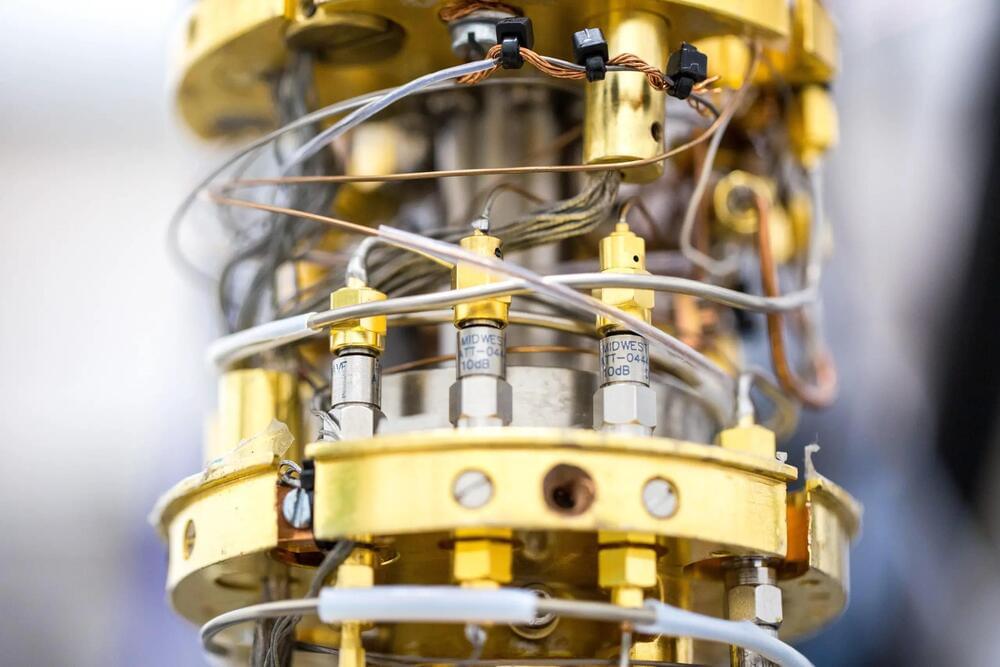
We see the world around us because light is being absorbed by specialized cells in our retina. But can vision happen without any absorption at all—without even a single particle of light? Surprisingly, the answer is yes.
Imagine that you have a camera cartridge that might contain a roll of photographic film. The roll is so sensitive that coming into contact with even a single photon would destroy it. With our everyday classical means there is no way there’s no way to know whether there’s film in the cartridge, but in the quantum world it can be done. Anton Zeilinger, one of the winners of the 2022 Nobel Prize in Physics, was the first to experimentally implement the idea of an interaction-free experiment using optics.
Now, in a study exploring the connection between the quantum and classical worlds, Shruti Dogra, John J. McCord, and Gheorghe Sorin Paraoanu of Aalto University have discovered a new and much more effective way to carry out interaction-free experiments. The team used transmon devices—superconducting circuits that are relatively large but still show quantum behavior—to detect the presence of microwave pulses generated by classical instruments. Their research was recently published in Nature Communications.

Today the international LHCb collaboration at the Large Hadron Collider (LHC) presented new measurements of rare particle transformations, or decays, that provide one of the highest-precision tests yet of a key property of the Standard Model of particle physics, known as lepton flavor universality.
Previous studies of these decays had hinted at intriguing tensions with the theoretical predictions, potentially due to the effects of new particles or forces. The results of the improved and wider-reaching analysis based on the full LHC dataset collected by the experiment during Run 1 and Run 2, which were presented at a seminar at CERN held this morning, are in line with the Standard Model expectation.
A central mystery of particle physics is why the 12 elementary quarks and leptons are arranged in pairs across three generations that are identical in all but mass, with ordinary matter comprising particles from the first, lightest generation. Lepton flavor universality states that the fundamental forces are blind to the generation to which a lepton belongs.
